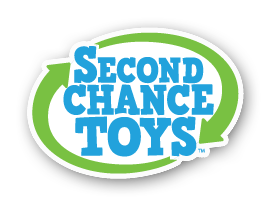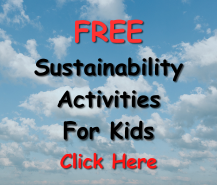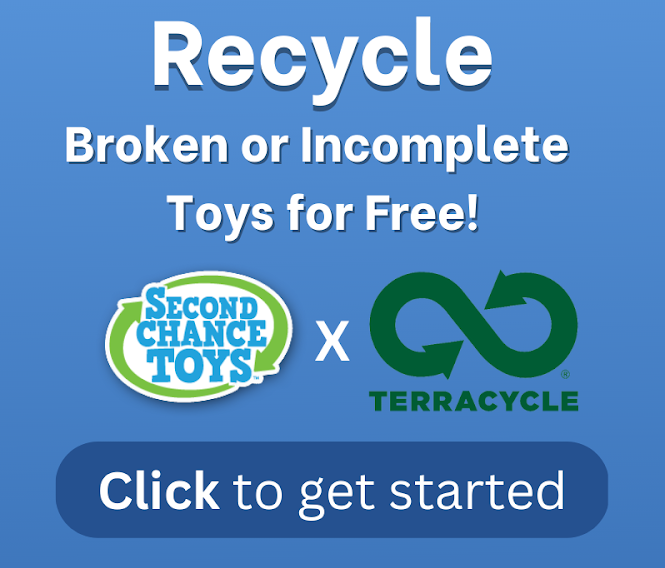The Plastics Problem

Mass consumption of goods is an issue that America in particular struggles with. Ever since World War II, “a mass consumer economy seemed to make good economic sense for the nation” (dash.harvard.edu). Because of mass consumption, Americans are going through goods quickly and discarding them even quicker.
According to the Bard College Circular Value Chains Analysis, there are about 900 million toys manufactured per year. This is equivalent to 3.6 billion pounds of toys being produced by toy companies. Sadly, 1.5 billion pounds of toys are thrown away each year, which means over ⅓ of the toys being produced yearly are ending up in landfills. Many of these toys are made of plastics, which are harmful to the environment. During 2018, plastics “[accounted] for over 18 percent” of the 146.1 million tons of Municipal Solid Waste that were landfilled (epa.gov). High levels of toxic greenhouse gases are also produced by rotting trash in landfills, which contributes to global warming (forgeskiphire.co.uk).
When plastics break down they turn into microplastics, which are tiny particles of plastic that can end up in our ecosystem (nottingham.ac.uk). The World Wildlife Fund says that since plastic products can be so lightweight, they risk being blown on a windy day or washed away during heavy rain into the ocean, causing marine pollution. Up to 10 million tons of plastics make their way into the oceans every year, causing harm to all forms of aquatic life from tiny plankton, to turtles, to choral, to sharks and whales (independent.co.uk).
Most of the plastic products made are not coming from recycled plastic. But with awareness growing surrounding the devastation that plastic waste is having on the environment, we are seeing more companies starting to innovate, reusing plastics to make other products, and working towards solving the plastics problem.
Second Chance Toys applauds the entrepreneurs and forward thinking companies that are exploring new avenues of production and consumption as well as those individuals, groups and consumers that are working to keep plastics out of our landfills and oceans.


















